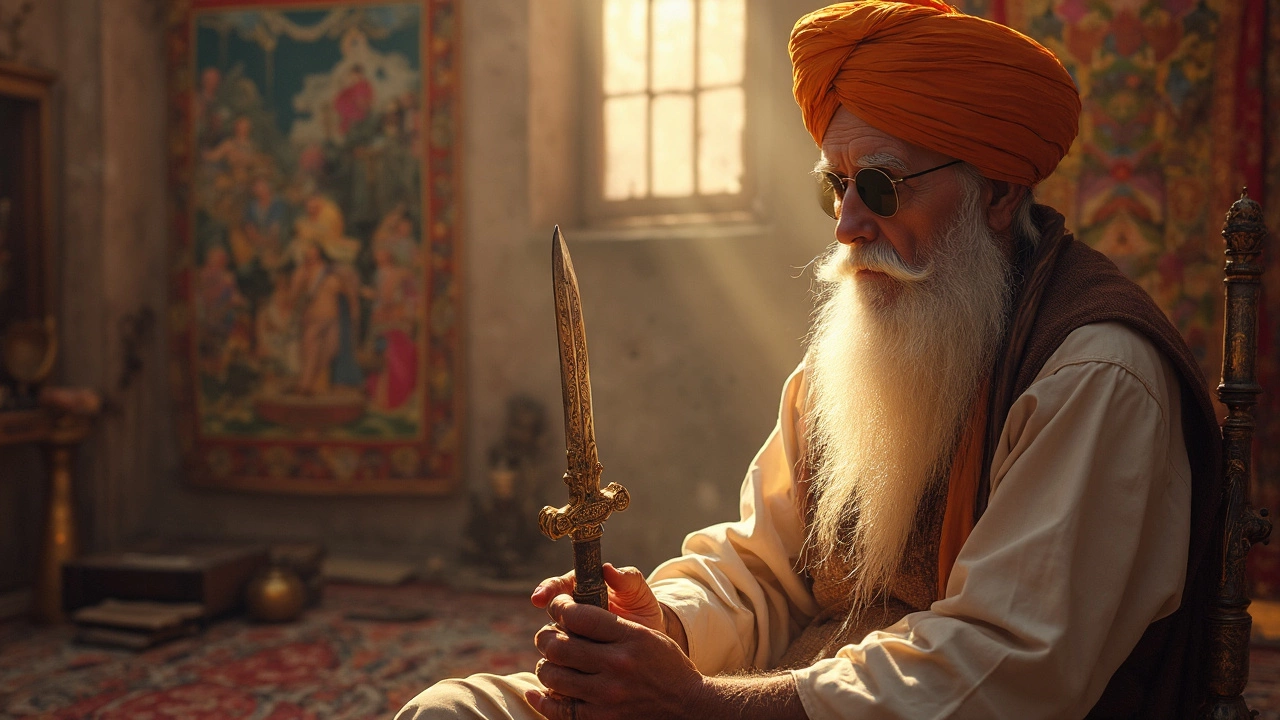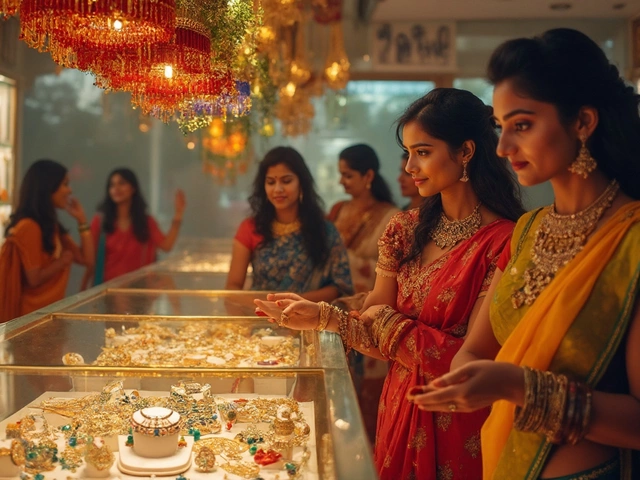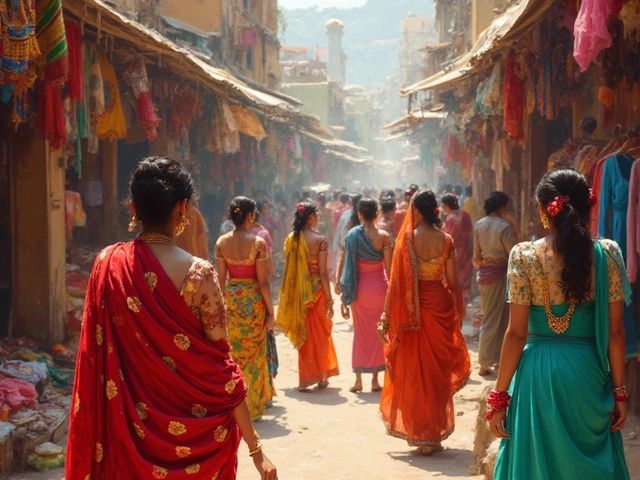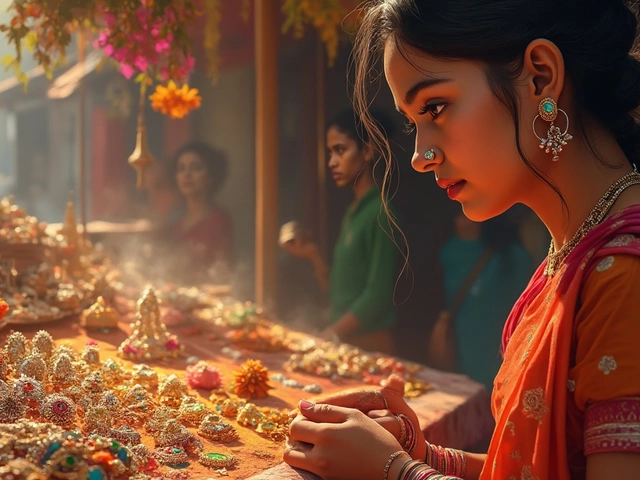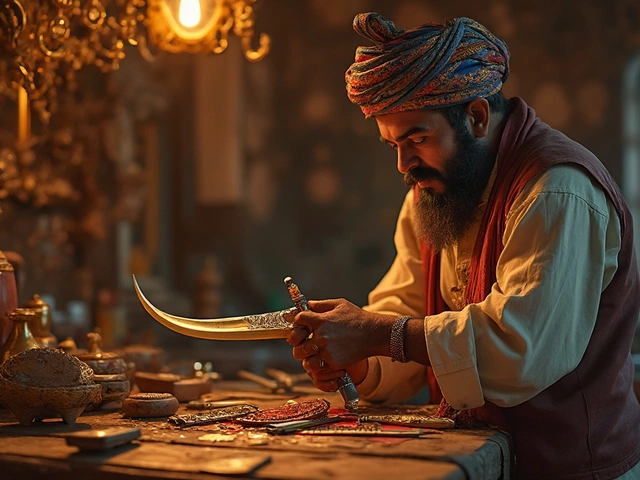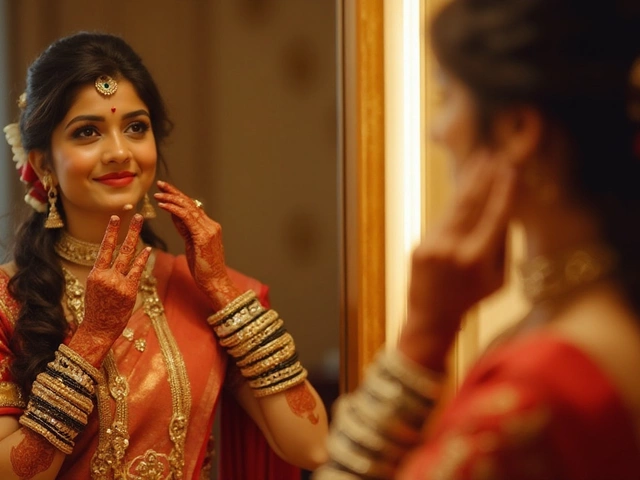Justice in Jewellery: Why Fairness Matters When You Shop
Ever wonder if the sparkle on your wrist comes from a fair place? When you pick a piece, you’re not just choosing a design – you’re supporting a chain of people, mines, and workshops. If that chain treats workers right and respects the earth, you’re getting real justice in your jewellery.
India’s gold market is huge, but not every seller follows the same rules. Some still mix silver into 21K gold (the 875 mark) to cut costs. Others use cheap plating and hide it behind fancy stamps. Knowing the difference helps you avoid cheap knock‑offs and backs brands that play by the book.
Why Justice Matters in Jewellery
First, ethical sourcing cuts down on child labor and unsafe mining. When a mine follows the BIS hallmark process, you get a clear stamp – 875 for 21K gold, 833 for silver – and proof that the metal isn’t mixed with illegal material. It also means the miners paid a living wage.
Second, sustainable practices protect our environment. Mining that respects soil and water reduces the damage that makes future generations pay the price. Choosing recycled gold or responsibly mined diamonds keeps landfill waste low and cuts the carbon footprint.
Third, fair trade builds trust. Brands that let you see a clear supply‑chain audit are more likely to stand behind their warranty, return policy, and quality claims. You’ll get better service, and you’ll feel good about wearing the piece.
How to Choose Ethical Pieces
Start with the hallmark. Look for 21K (875) on gold or 833 on silver. Those numbers tell you the purity and that the piece passed government testing. If you can’t find a stamp, ask the seller for a BIS certificate – reputable sellers have it ready.
Next, ask about the origin. Genuine sellers will tell you whether the gold came from a certified mine, or if the diamonds are GIA‑graded and conflict‑free. If they can’t answer, move on.Check for recycled material. Many modern designers market “recycled gold” or “vintage silver.” Those pieces have the same look but a smaller environmental impact.
Read reviews and look for certifications like Fairtrade Gold or Responsible Jewellery Council (RJC). Those badges mean the brand has passed third‑party audits.
Finally, compare prices. If a deal looks too good, it probably isn’t ethical. High‑quality, responsibly sourced gold costs more, but the extra price buys you peace of mind and a longer‑lasting item.By following these steps, you turn every purchase into a statement of justice. You’ll wear jewellery that not only looks good but also feels right because it respects workers, the planet, and honest business.
Remember, justice in jewellery isn’t a trend – it’s a habit. The next time you’re browsing, keep these tips handy and choose pieces that shine for the right reasons.
The Kirpan: A Symbol of Courage and Justice
The Kirpan is more than just a ceremonial dagger; it's a profound emblem of bravery and righteousness for Sikhs around the globe. Understanding its significance involves diving into its historical origins, its role in Sikhism, and the impact it continues to have today. As a powerful reminder of a Sikh's duty to stand against injustice and protect the vulnerable, the Kirpan carries both cultural and spiritual weight. Explore how this symbol is interwoven with values of courage and justice within the Sikh community.
Kirpan: A Symbol of Courage and Justice
The Kirpan is more than just a ceremonial dagger worn by Khalsa Sikhs; it embodies courage, justice, and the defense of the downtrodden. This article delves into the rich history of the Kirpan, its significance in Sikh culture, and the principles of bravery and justice it represents. We explore its role in day-to-day life and how it continues to be a relevant symbol even today. Readers can learn about the spiritual and moral values attached to carrying the Kirpan, as well as its importance in promoting social justice.

